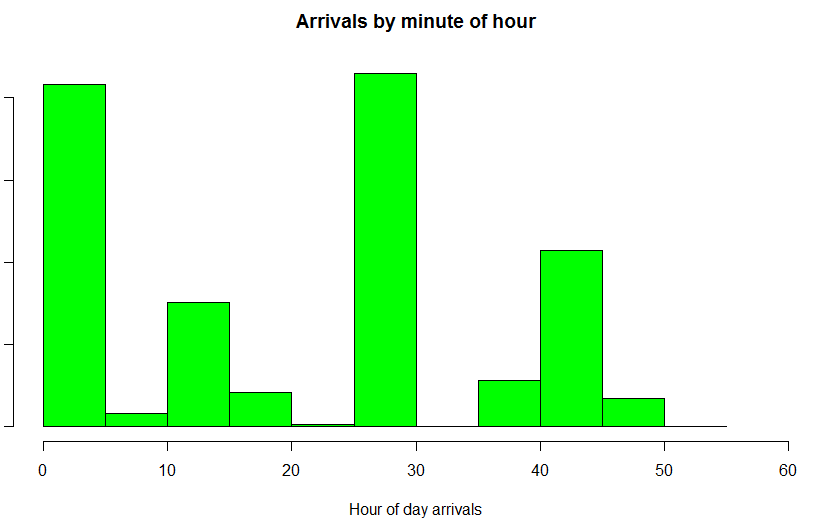I'm working on a reception area model for a large specialty center in FlexSim HC, and I'm a bit stuck for how to appropriately model my arrivals.
Patients arrive on an appointment bases, but due to significant variation in clinical scheduling, appointments can be on any 10-minute time interval per hour from 8-5pm. This seems feasible to accomplish using custom arrival tables and mapping the volume to each 10-minute interval.
The problem is, we know patients vary in their actual arrival time for appointments significantly. Our data shows slightly more early arrivals in a fairly normal distribution for arrival time relative to check in.
Is there a way to properly account for this variance using custom arrivals but maintain the actual appointment time?
Randomly spacing the data would only space the arrivals within the time interval (so a max spread of 10 minutes in this case) which would leave a bit to be desired. How would you recommend tackling this?
Thanks!



